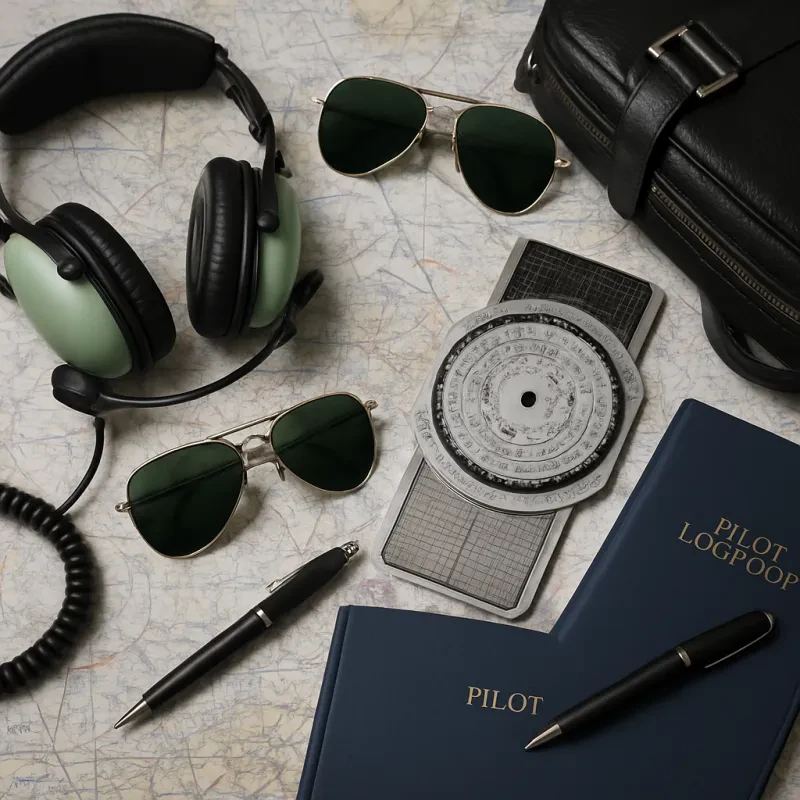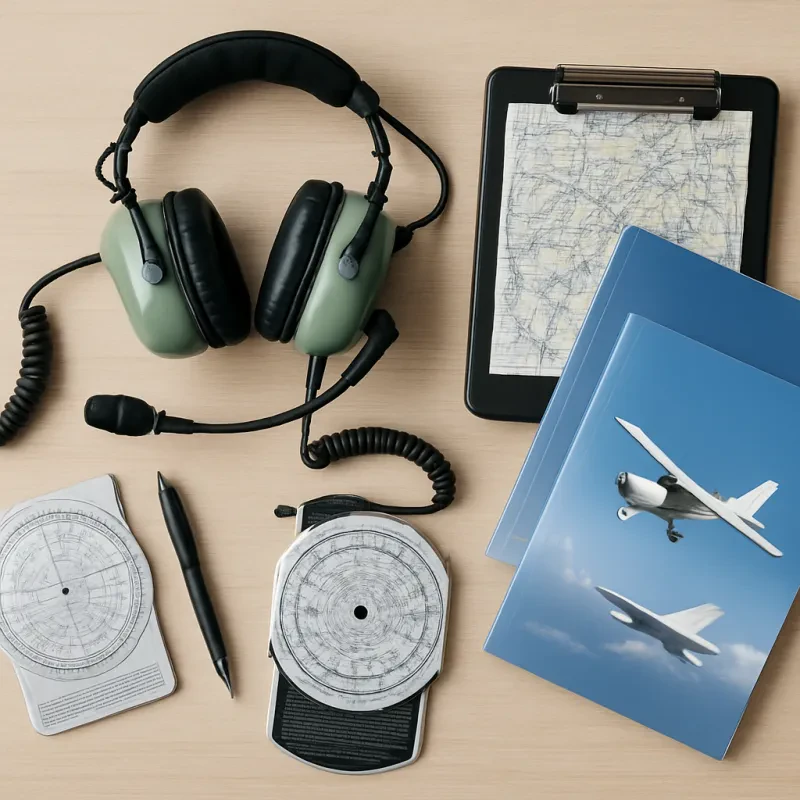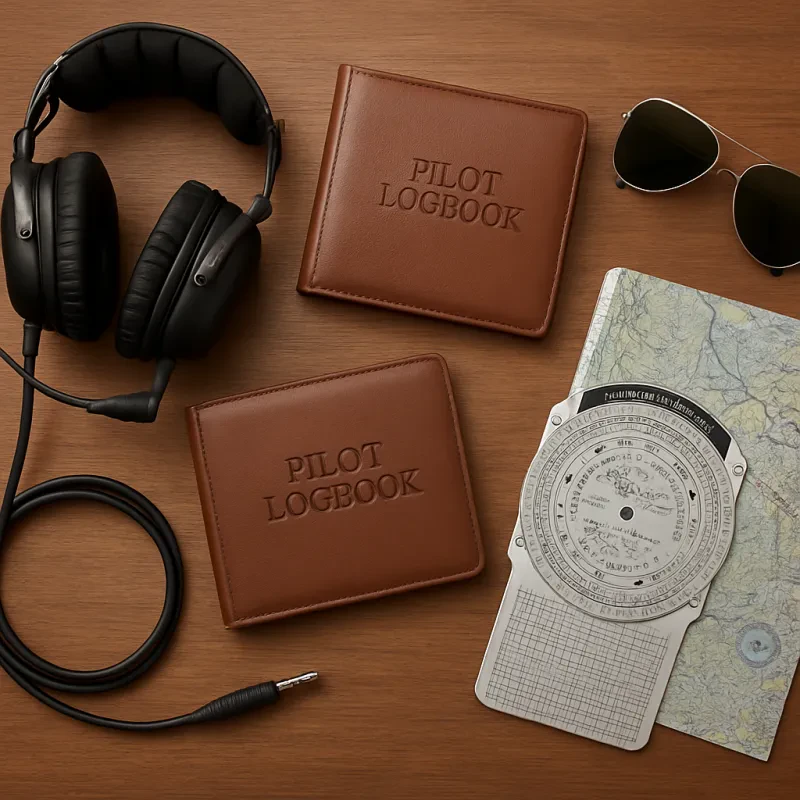As you prepare for your first solo flight, it's important to not only be physically ready but also mentally prepared. Flying solo can be a daunting experience, but with the right mindset, you can conquer your fears and have a successful flight.
One way to get mentally prepared for your first solo flight is to visualize yourself going through the entire process from start to finish. Close your eyes and imagine yourself confidently completing each step of the pre-flight checklist, taking off smoothly, navigating through the sky with ease, and landing safely back on the ground. Visualizing success can help build your confidence and reduce anxiety.
It's also important to stay calm and focused during your solo flight. Remember all the training you've received and trust in your skills as a pilot. Stay present in the moment and don't let nerves or doubt cloud your judgement. Take deep breaths, stay alert, and always prioritize safety above all else.
Understanding the Aircraft
Before taking to the skies on your first solo flight, it's important to have a basic understanding of the aircraft you will be flying. Familiarize yourself with the different components of the plane, such as the wings, fuselage, and tail. Each part plays a crucial role in keeping the aircraft balanced and stable during flight.
The cockpit is where the magic happens - this is where you, the pilot, will be in control of the aircraft. Make sure to familiarize yourself with the instruments and controls in the cockpit, such as the throttle, yoke, and rudder pedals. Understanding how to use these tools will be essential for safely navigating the skies on your own.
Additionally, it's important to know how to perform a pre-flight inspection of the aircraft. This involves visually checking the exterior of the plane for any signs of damage, as well as inspecting the engine and fuel levels. By conducting a thorough pre-flight inspection, you can ensure that the aircraft is in good working condition before taking off on your solo adventure.
Practicing Takeoffs and Landings
The key to a successful first solo flight is mastering the art of takeoffs and landings. These are two of the most crucial aspects of flying, and they require precise skills and focus. To ensure a smooth takeoff, it's important to follow a systematic approach. Begin by checking your controls, fuel levels, and other pre-flight checks. Then, taxi to the runway and line up with the centerline. Apply full power gradually, keeping the aircraft straight with the rudder pedals. As you gain speed, gently pull back on the yoke to lift off the ground.
Landing is often considered the most challenging part of flying, especially for beginners. It requires proper coordination, timing, and judgment. When approaching the runway, make sure you have the correct airspeed and altitude. Begin your descent by reducing power and lowering the nose of the aircraft. Keep your eyes focused on the end of the runway and maintain a stable approach. Just before touchdown, flare the aircraft by gently pulling back on the yoke to reduce the rate of descent. Aim to touch down smoothly on the main wheels first, followed by the nose wheel.
Repetition is key to mastering takeoffs and landings. Practice these maneuvers under the supervision of your flight instructor until you feel comfortable and confident. Remember to remain calm and focused during each flight, and always be prepared for unexpected challenges. With determination and dedication, you'll soon be ready to take on your first solo flight with ease and skill.
Navigating Airspace and Communication
When embarking on your first solo flight, it's essential to have a good understanding of airspace and effective communication practices. Navigating through different airspaces requires adherence to specific rules and regulations to ensure the safety of yourself and others in the sky. Familiarize yourself with the different classes of airspace, such as Class A, B, C, D, E, and G, and know the restrictions and requirements associated with each.
Clear and concise communication is key when flying solo. Prior to your solo flight, make sure you are well-versed in the language and phrases used in aviation communication. It's crucial to stay in constant contact with air traffic controllers and fellow pilots to maintain situational awareness and avoid potential conflicts. Always speak clearly and confidently over the radio, stating your intentions and following instructions promptly.
Additionally, understanding the ins and outs of radio frequencies and how to tune in to the correct channels is crucial for effective communication while flying solo. Make sure to have a communication plan in place before takeoff and be prepared to adapt to any changes in frequency or instructions from air traffic control. Stay focused, stay calm, and always prioritize safety in the air.


